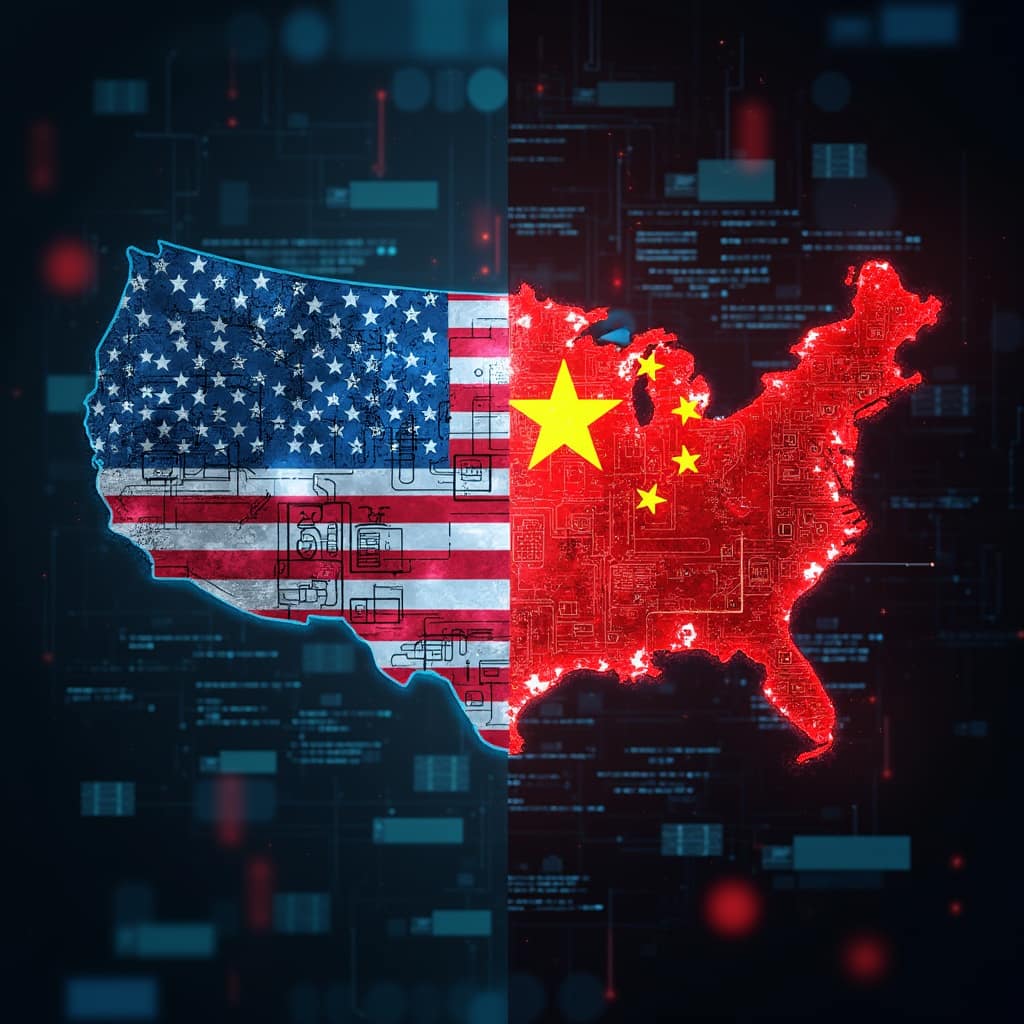As artificial intelligence (AI) continues to transform industries and drive global economic growth, the U.S. government is implementing new regulations aimed at addressing national security concerns and international competition. These rules, especially concerning China, have wide-reaching implications for tech companies, national security, and the future of global AI collaboration. This article will explore the key components of these regulations, their potential impact on the AI industry, and what they may mean for future development.
Understanding the Regulatory Framework
At the core of the new regulations is a comprehensive framework crafted by the U.S. government, focused on protecting national security in light of accelerated AI advancements and the influence of foreign powers, particularly China.
National Security Focus
The regulatory framework underscores a commitment to national security. U.S. officials are increasingly concerned about potential risks posed by foreign entities, especially with respect to advanced technology and AI. These regulations aim to secure sensitive technologies and intellectual property, ensuring that innovations stay within domestic bounds and do not inadvertently empower adversarial forces.
The China Focus: Guarding Against Influence and Theft
A significant aspect of the regulations addresses China’s rising influence in AI. Concerns over intellectual property theft and China’s investments in AI highlight its role in the evolving tech landscape, raising questions about the U.S.’s innovation leadership.
Risks of Collaboration
By scrutinizing U.S.-China engagements, these regulations aim to safeguard sensitive technology from potential misuse. Limiting tech collaborations is intended to prevent the unintentional sharing of advancements that could bolster the capabilities of foreign competitors.
Investment Restrictions: Limiting Cooperation
Among the most consequential aspects of the new regulations are investment restrictions on U.S. companies looking to invest in Chinese AI ventures or engage in joint projects. This marks a strategic step to minimize threats before they can manifest.
Impact on U.S. Tech Companies
For U.S. tech companies with strong business ties in China, these restrictions may necessitate a strategic shift, possibly encouraging them to prioritize domestic alliances or seek opportunities in other markets.
Export Controls: Protecting Advanced Technologies
The regulations also include export controls that prevent advanced AI technologies from reaching adversarial nations, with China being the primary focus. The objective is to contain cutting-edge innovations that might jeopardize U.S. security interests.
Balancing Innovation and Security
While export controls serve an essential purpose, they could complicate global tech collaboration. AI innovation often depends on diverse international expertise, so finding a balance between security and collaboration will be key to maintaining momentum in AI advancement.
Research Collaboration: Defining Boundaries
The regulations also limit research collaborations between U.S. and Chinese institutions in security-sensitive areas. This measure reinforces the need for boundaries in collaborative research to ensure U.S. interests are protected.
Implications for Universities and Research Institutions
As universities and research institutions increasingly depend on international partnerships, these regulations may restrict knowledge exchange and slow innovation. Academic institutions must navigate these rules carefully while pursuing secure, boundary-respecting research.
Industry Impact: A New Landscape for Tech Firms
For U.S. tech firms, the regulatory shift may require a focus on self-reliance and domestic growth.
Global Dynamics Shift
As the regulatory landscape evolves, companies may reevaluate international strategies, potentially fostering new alliances within allied nations. This shift could drive investments into alternative markets that align with national security goals.
Conclusion: Adapting to a New Era in AI Investment
The U.S. government’s new AI investment regulations mark a defining moment for the intersection of technology, national security, and international relations. As the industry adapts, tech companies will need to align with national priorities and innovate responsibly, navigating unique challenges and new opportunities.
What do you think about these regulations? How might they shape the future of AI? Share your thoughts in the comments, and don’t forget to share this post with your network!
